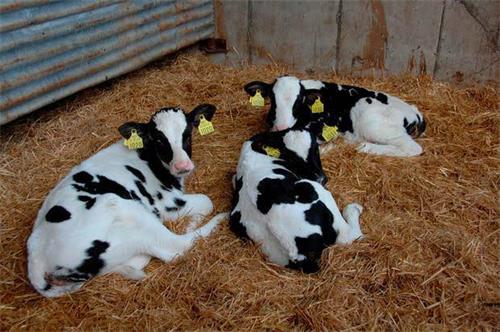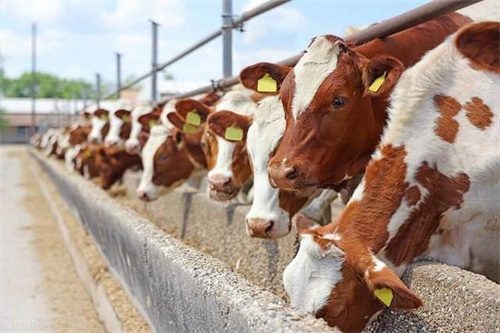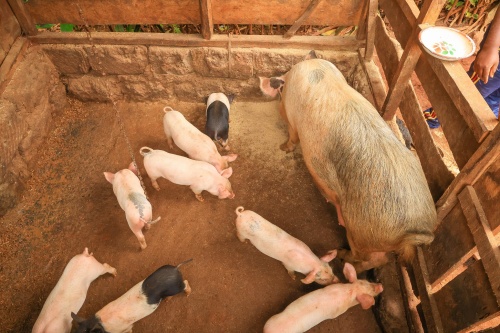Influence of Birth Weight on Gilt Development Detected by Swine Pregnancy Ultrasound
In the world of modern livestock production, reproductive efficiency is one of the key drivers of profitability and sustainability. As a pig farmer, I’ve come to realize that among the many factors influencing sow productivity, birth weight plays a surprisingly crucial role—especially in replacement gilts. When we pair this understanding with reliable reproductive monitoring tools like swine ultrasound pregnancy detectors, we unlock new levels of herd optimization.
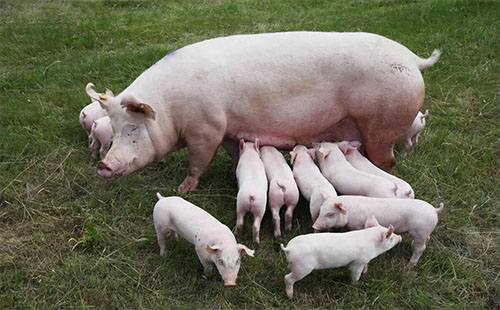
The Link Between Birth Weight and Organ Development
Birth weight is not just a simple number—it reflects a piglet’s early developmental status and gives insight into the growth potential of vital internal organs. Replacement gilts born with higher birth weights typically exhibit better-developed organs such as the brain, liver, and small intestine. These pigs don’t just look bigger; they function more efficiently from the inside out.
Through ultrasound evaluations during the gilt’s development, we can observe the more advanced growth of internal systems. This includes increased muscle fiber development, and more robust reproductive organs such as the ovaries and uterus. The reproductive center of the brain—responsible for regulating hormone cycles—also tends to be better developed in heavier piglets at birth.
Birth Weight as a Predictor of Reproductive Potential
A pig’s birth weight can be an early indicator of its lifetime reproductive capacity. Gilts born heavier tend to become sows that produce larger litters, sometimes averaging 12 or more piglets per farrowing. These animals also show the potential to surpass 30 piglets per sow annually under optimized management and environmental conditions.
We can see this correlation clearly during pregnancy checks with ultrasound equipment. Gilts that were heavier at birth often show greater numbers of fetuses early in gestation. This demonstrates that selection based on birth weight, supported by ultrasound monitoring, can significantly enhance reproductive performance in our herd.
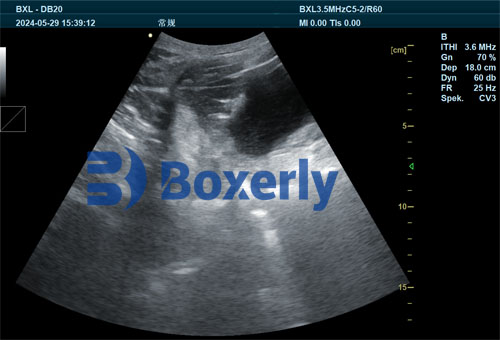
Uterine Capacity and Intrauterine Growth Restriction
There is, however, a biological limit to how many fetuses a sow can support during gestation. Uterine capacity varies among individuals, and high-prolificacy lines often encounter intrauterine growth restriction (IUGR), where piglets struggle to get the nutrients and space they need in the womb.
In high-litter breeds, it’s not uncommon for sows to give birth to 14 or more piglets in one farrowing. However, not all these offspring are optimal replacement candidates. Based on ultrasound evaluations and production data, replacement gilts are ideally selected from litters with around 12 piglets and an average birth weight of approximately 1.26 kg. This aligns with typical litter sizes seen in first-parity sows and helps ensure more uniform development among selected gilts.
Weaning Weight as a Long-Term Performance Indicator
Replacement gilts from litters with moderate size and good average birth weights tend to show advantages throughout their development. They often have higher weaning weights and maintain a weight advantage throughout their reproductive lifespan. These gilts are also less prone to intra-litter competition, which reduces stress and uneven growth during the pre-weaning phase.
This early-life advantage translates into improved body condition during the reproductive phase. As I’ve seen in my own herd, gilts selected from such conditions often reach breeding weight on time, have better farrowing rates, and experience fewer complications during delivery.
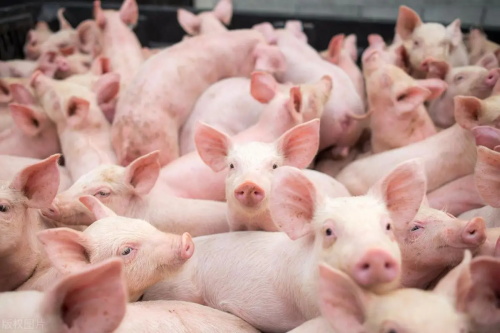
Optimizing Management Using Birth Data and Ultrasound
With the increasing availability and affordability of swine ultrasound pregnancy detectors, it’s easier than ever to apply precision management based on gilt birth characteristics. When we combine birth weight data with real-time pregnancy monitoring, we can customize our management strategies to individual animals or groups.
For example, knowing that a gilt had a lower-than-average birth weight may lead us to provide additional nutrition during early development or to monitor her more closely during pregnancy. On the other hand, gilts born at higher weights with consistently strong reproductive scans may be prioritized in breeding plans or placed into faster reproductive cycles.
Fostering and Cross-Fostering Strategies Based on Birth Traits
Another management practice that benefits from considering birth weight is cross-fostering. Piglets with high birth weights and strong initial development may not need to be fostered, while lower-weight piglets can benefit from being moved to a smaller litter to reduce competition.
By implementing fostering strategies that account for birth traits, we can mitigate the long-term effects of IUGR and improve the overall productivity of the herd. Ultrasound scanning throughout the gilt’s development helps validate whether such early-life interventions were successful by tracking the development of reproductive organs and overall body condition.
Lifetime Productivity Begins at Birth
Ultimately, how we select and manage replacement gilts from birth onward has a profound impact on the long-term efficiency of pig production. With a focus on birth weight and real-time reproductive monitoring using ultrasound, we can make informed, data-backed decisions that increase sow productivity, enhance animal welfare, and maximize farm profitability.
As a livestock farmer who has seen both the highs and lows of gilt development, I firmly believe that paying close attention to early-life traits—especially birth weight—and validating them with ultrasound assessments throughout growth and pregnancy is one of the smartest strategies we can adopt in today’s swine industry.
References:
-
“Reproductive Performance in Pigs: The Influence of Birth Weight,” Journal of Animal Science
-
“Intrauterine Growth Restriction in Swine and Its Impact on Lifetime Productivity,” Livestock Science
-
“Application of Ultrasonography in Swine Reproduction Management,” Veterinary Clinics of North America: Food Animal Practice

